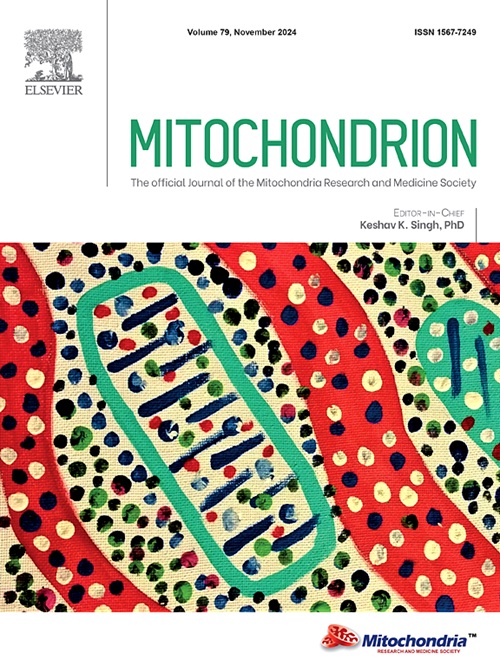通过表型预测线粒体疾病的机器学习
IF 4.5
3区 生物学
Q2 CELL BIOLOGY
引用次数: 0
摘要
由于症状的异质性,诊断线粒体疾病仍然具有挑战性。本研究旨在利用机器学习从表型预测线粒体疾病,以降低基因检测成本。该研究纳入了因疑似线粒体疾病而接受全外显子组或线粒体基因组测序的患者。对临床表型进行编码,并开发机器学习模型(支持向量机、随机森林、多层感知机和XGBoost)对患者进行分类。103例患者中,43例(41.7%)患有线粒体疾病。肌病和呼吸衰竭在两组间有显著差异。XGBoost达到了最高的精度(67.5%)。总之,机器学习提高了患者的优先级和诊断率。本文章由计算机程序翻译,如有差异,请以英文原文为准。
Machine learning to predict mitochondrial diseases by phenotypes
Diagnosing mitochondrial diseases remains challenging because of the heterogeneous symptoms. This study aims to use machine learning to predict mitochondrial diseases from phenotypes to reduce genetic testing costs. This study included patients who underwent whole exome or mitochondrial genome sequencing for suspected mitochondrial diseases. Clinical phenotypes were coded, and machine learning models (support vector machine, random forest, multilayer perceptron, and XGBoost) were developed to classify patients. Of 103 patients, 43 (41.7%) had mitochondrial diseases. Myopathy and respiratory failure differed significantly between the two groups. XGBoost achieved the highest accuracy (67.5%). In conclusion, machine learning improves patient prioritization and diagnostic yield.
求助全文
通过发布文献求助,成功后即可免费获取论文全文。
去求助
来源期刊

Mitochondrion
生物-细胞生物学
CiteScore
9.40
自引率
4.50%
发文量
86
审稿时长
13.6 weeks
期刊介绍:
Mitochondrion is a definitive, high profile, peer-reviewed international research journal. The scope of Mitochondrion is broad, reporting on basic science of mitochondria from all organisms and from basic research to pathology and clinical aspects of mitochondrial diseases. The journal welcomes original contributions from investigators working in diverse sub-disciplines such as evolution, biophysics, biochemistry, molecular and cell biology, genetics, pharmacology, toxicology, forensic science, programmed cell death, aging, cancer and clinical features of mitochondrial diseases.
 求助内容:
求助内容: 应助结果提醒方式:
应助结果提醒方式:


